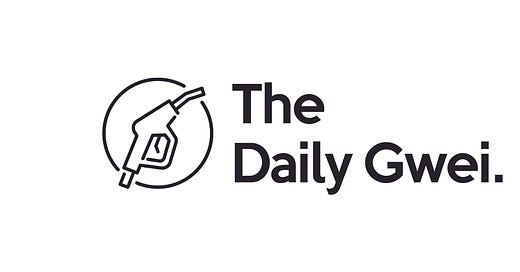The term “world computer” doesn’t get used much these days to describe Ethereum but I do still find the term to actually be pretty accurate. Think about it - Ethereum is a global network maintained by thousands of computers (nodes) that anyone can deploy arbitrary code to that can then be executed (for a fee). This is exactly what “normal” computers do - so why shouldn’t we call Ethereum a “world computer”? Well I think we should but I’ll do you one better - I think Ethereum is an “infinity network”.
Okay so what do I mean by “infinity network”? Well, I think the term describes Ethereum quite well because of what Ethereum allows you to do which is to literally build anything you want from anywhere in the world. As I mentioned in my tweet above, the canvas (design space) is infinite - as long as you follow the rules of the protocol no one can stop you from building one of your infinite ideas. Now, of course Ethereum’s scalability is extremely limited (at layer 1, at least) so while you can build anything you want, most things won’t scale well on the base layer. But this isn’t really the point - the point is that the canvas is still infinite despite these limitations.
While the “canvas” that builders have to work with is infinite, only parts of it is currently “observable”. What I mean by this is that there are still plenty of “skills” for Ethereum to unlock to expand the observable canvas that builders can work with. These “skills” are basically part of a “skill tree” which is not dissimilar to what some of you may have seen in various video games. Ethereum has already unlocked many of these “skills” including smart contracts, stablecoins, money markets, NFTs, and even protocol upgrades. Ethereum will also be unlocking many more skills as time goes on such as EIP-1559, layer 2 scalability, the eth1<>eth2 merge, sharding and more. All of these unlocks expand the observable canvas that builders can take advantage of to bring new products and services to life.
On top of this, not only is the canvas infinite, but so too are the ideas and more of these ideas are possible over time as skills are unlocked in the skill tree. For example most of the DeFi ecosystem on Ethereum couldn’t really function without a stable unit of account so that’s one reason why we saw DeFi really flourish after stablecoins became more widespread. Other examples here are the many “exotic” products being built on top of various protocols such as Alchemix which takes DAI, deposits it into Yearn and then Yearn deposits that into various protocols to earn yield. This yield is then used to automatically pay off any debt that the user owes if they opted to borrow alUSD. I like to call this ‘Magic Finance’.
In saying all of the above, just because you can build anything you can think of on Ethereum, it doesn’t mean that all ideas will succeed. There will be successful products and failed products just like any other industry and I think that’s okay - the real magic is that while not everything will succeed, ideas can still be formulated and experimented with by using the infinity network.
Have a great day everyone,
Anthony Sassano
Join the Daily Gwei Ecosystem
All information presented above is for educational purposes only and should not be taken as investment advice.





